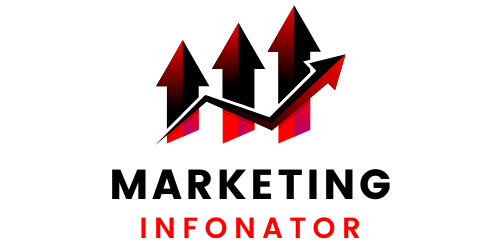Augmented Reality (AR) Campaigns: Augmented Reality takes your marketing efforts to a whole new level by merging the digital and physical worlds. Through AR campaigns, you can allow potential customers to virtually try out your products in their own environment. For instance, a furniture retailer could create an AR app that lets customers visualize how a particular sofa would look in their living room. This interactive and immersive experience enhances customer engagement, reduces uncertainty, and can significantly influence purchasing decisions.
User-Generated Content Challenges: User-generated content challenges tap into the creativity and enthusiasm of your customer base. By encouraging customers to generate their own content related to your brand, such as photos, videos, or stories, you’re not only fostering a sense of community but also obtaining authentic endorsements. A cosmetic brand could initiate a challenge where users create makeup looks using their products, generating a stream of user-generated content that showcases the versatility of their products and spreads across social media platforms.
Micro-Moments Strategy: Micro-moments refer to those instances when consumers turn to their devices for quick answers or assistance. By identifying these moments in your customer’s journey, you can provide immediate value. For instance, a recipe website could offer cooking tips and step-by-step instructions when a user searches for a specific ingredient. These timely interactions establish your brand as a helpful resource, fostering loyalty and trust.
Voice Search Optimization: As voice-activated devices become more prevalent, optimizing your digital content for voice search is crucial. Instead of the traditional keyword approach, focus on conversational queries that people are likely to use in voice searches. A travel agency could optimize their content to answer questions like “What are the best family-friendly vacation spots?” This optimization enhances your chances of being featured in voice search results, expanding your brand’s visibility.
Chatbots with Personality: Chatbots have evolved beyond simple automated responses. By infusing them with a unique personality and tone that aligns with your brand, you create memorable interactions. A fashion brand’s chatbot could have a playful and trendy personality, engaging customers in fashion-related conversations while assisting with inquiries. This approach adds a human touch to automated interactions, enhancing customer satisfaction and brand perception.
Inclusive Marketing Campaigns: Inclusivity is a powerful marketing strategy that resonates with diverse audiences. Design marketing campaigns that celebrate different cultures, backgrounds, and perspectives. An inclusive campaign could feature people of various ages, ethnicities, and abilities enjoying your product or service. By reflecting the real world, you not only attract a wider audience but also foster a sense of belonging and acceptance associated with your brand.
Blockchain for Transparency: In an era where consumers demand transparency and ethical practices, integrating blockchain technology into your marketing strategy can set you apart. Use blockchain to trace the journey of your products from source to shelf, providing verifiable proof of authenticity, sustainability, and fair trade. This approach reassures customers of your commitment to responsible business practices, building trust and loyalty.
Interactive Video Content: Interactive videos turn passive viewers into active participants. By allowing viewers to make choices within the video, you create a personalized and engaging experience. An interactive video campaign for a choose-your-own-ending mystery story could captivate viewers, making them emotionally invested in your brand’s narrative and encouraging them to explore different outcomes.
Personalized Experiences with AI: Leverage artificial intelligence to analyze customer data and deliver personalized experiences. Imagine an online bookstore that suggests books based on a customer’s past purchases and browsing history. By tailoring recommendations, content, and offers, you provide a seamless and relevant journey that enhances customer satisfaction and drives conversions.
Gamification Marketing: Gamification injects an element of fun and competition into your marketing efforts. Develop mobile apps or online games that relate to your brand. A fitness apparel company could create a gamified app where users earn rewards for completing workouts. This approach not only engages users but also encourages them to interact with your brand regularly.
Location-Based Marketing Innovations: Harness the power of location-based technologies to deliver personalized messages. Utilizing geofencing and beacon technology, a coffee shop could send a special offer to customers as they pass by, enticing them to step in for a cup of coffee. This tactic leverages real-time context to drive foot traffic and sales.
Virtual Events and Experiences: Virtual events offer an opportunity to connect with your audience on a global scale. Hosting webinars, workshops, or product launches online allows you to share valuable insights, establish thought leadership, and engage directly with participants. A software company could organize a virtual workshop demonstrating the latest industry trends and how their product addresses them, showcasing expertise while generating leads.
Sustainability Initiatives: Consumers increasingly prioritize eco-friendly brands. Incorporate sustainability into your marketing campaigns to showcase your commitment to the environment. Highlight initiatives such as using recycled materials or supporting reforestation efforts. A clothing brand might launch a campaign featuring a new line made from sustainable fabrics, emphasizing both style and environmental responsibility, appealing to conscious consumers.

